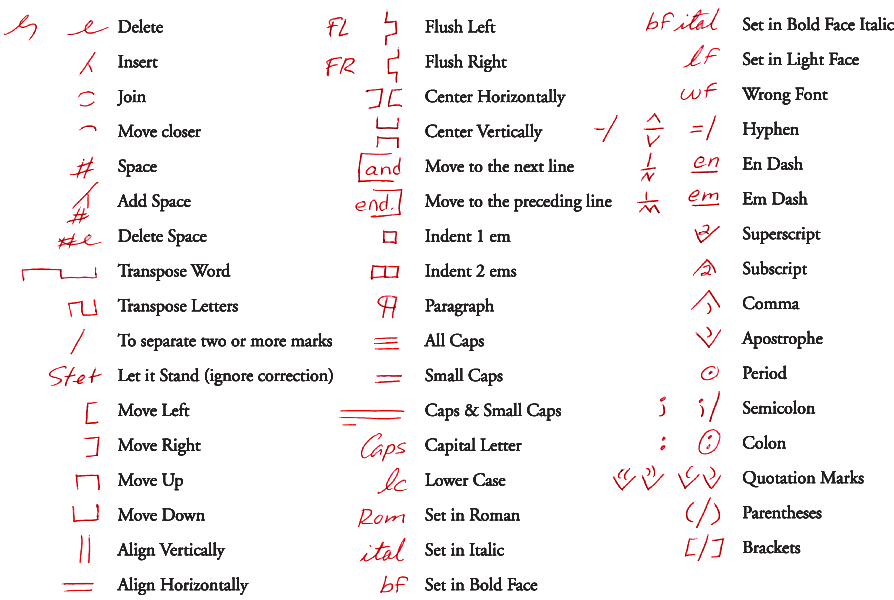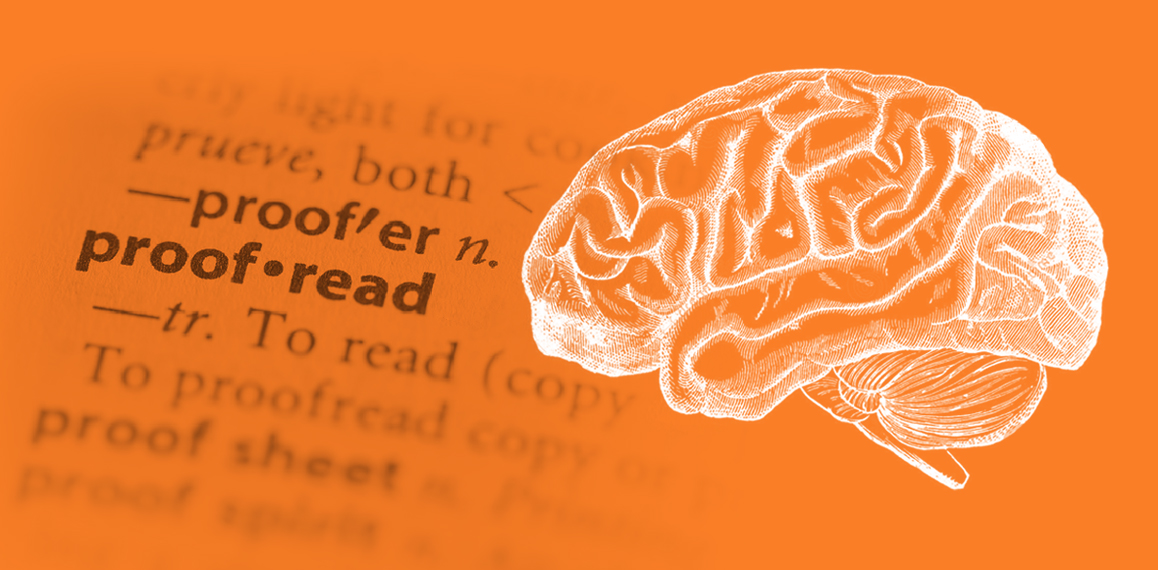Quality control can be a challenging under the best of circumstances but when you are under a tight deadline and have been looking at the same content for a long period of time, it is entirely possible that errors could be staring you right in the face and still be overlooked.
Why you ask?
Well the reason may actually come as a surprise. Spelling errors are not only missed because of carelessness or a lack of attention to detail. They may actually occur because of something in our physiology that we cannot easily control, pertaining specifically to our brains.
Several years ago, I ran across a rather unique paragraph of text. It was originally written to the editor of the New Scientist magazine by Graham Rawlinson, a specialist in child development and educational psychology. It basically demonstrated that most people’s brains are capable of correcting errors in words where letters have been transposed. What’s amazing is that it happens as the words are being read and in most cases the reader never skips a beat.
The first tab below is an example of a modified paragraph containing a host of spelling errors and in the next tab, the original unedited version of the same paragraph. If you can read the modified version, your brain like many others is capable of rapidly correcting errors in words you read as you read them. As you can very well imagine this revelation poses a bit of a problem when it comes to proofreading content.
Aoccdrnig to rscheearch, it doesn’t mttaer in waht oredr the ltteers in a wrod are, the olny iprmoetnt tihng is taht the frist and lsat ltteer be at the rghit pclae. The rset can be a toatl mses and you can sitll raed it wouthit porbelm. Tihs is bcuseae the huamn mnid deos not raed ervey lteter by istlef, but the wrod as a wlohe.
According to a research, it doesn’t matter in what order the letters in a word are, the only important thing is that the first and last letter be at the right place. The rest can be a total mess and you can still read it without problem. This is because the human mind does not read every letter by itself but the word as a whole.
The example above demonstrates that even though we may have good intentions to identify errors our minds may periodically thwart our efforts to do so.
Ensuring Mistakes are not Overlooked
So how do you prevent making mistakes? The answer may seem as easy as re-reading all the content while paying closer attention to the fine details. However, even steps such as these don’t necessarily ensure success. Luckily technology has provided us a wonderful tool called spell check that helps catch a vast majority of errors but it’s not foolproof. I always review spell check recommendations simply because it doesn’t take into consideration the word usage.
Many years ago, at my very first design related internship, I worked in the marketing department of a very large credit union which had hundreds of thousands of members worldwide. There I had many responsibilities, just one of which was assisting with proofreading new content and reviewing press proofs. In addition memorizing all the common editors marks pictured below, I learned the fine art of team proofing.

Team Proofing
Team proofing consists of two people sitting across from each other at a table. One reads the content within a document or design while the other listens, studying each and every word, space, capital letter and punctuation mark as they are being read to them. Once the reader is finished he or she becomes the listener switching roles with the other team member.
Although this might seem extreme, at that time, print design ruled the land. With the press runs for the organization often exceeding 30,000 pieces, even small errors could equate to thousands of dollars in lost revenue. The strategy of team proofing had a 99.9% success rate for them and minimized the risk that something might be overlooked. When I was an active team proofer, I regularly found errors in newspapers and magazines, simply because I had trained my mind to look for them. Most people on the other hand may not have noticed them because their brains are hard-wired to correct them.
How to Minimize Errors
Errors happen but you can take steps to minimize them. Have other people around you review your work in order to ensure the content is read with a fresh set of eyes and a new perspective. Even go so far as to try the team proofing method, especially for larger projects. This may not guarantee error free products but is certainly a step in the right direction.
Rely on digital tools like spell check to fill the gap but keep in mind that spell does not understand the context of a piece or the nuances of writing styles and therefore can recommend alternate spellings of a word that are incorrect. For this reason, I never click the “replace all” button when I use an auto spell check tool but rather review each replacement instance that the tool is recommending individually.
Most importantly train your eyes to scan for errors while you are working on a project. Clients truly appreciate when errors are caught early and brought to their attention and it will in turn make you hyper-focused to potential errors that arise in the future.
22





Comment